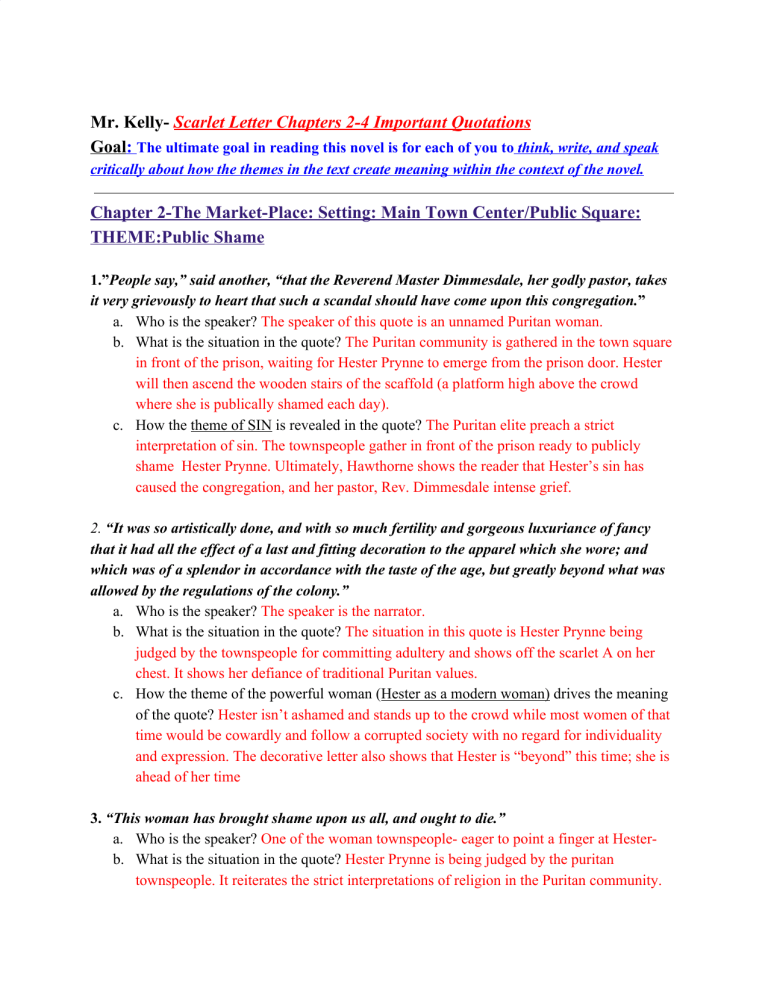
5 We will see that this transformation is taking place in the imagination and in the discourse of the characters themselves. By Chapter X, his eyes are gleaming with a “blue and ominous” light, explicitly compared to “those gleams of ghastly fire that darted from Bunyan’s awful doorway in the hillside, and quivered on the pilgrim’s face” (89).

This doorw (.)Ħ When this character first appears in the text, in Chapter III, he is described in relatively realistic terms: “small in stature, with a furrowed visage a remarkable intelligence in his features his heterogenous garb ” (43-44).

This persecution is presented as the instrument of the protagonists’ redemption, that is, their pilgrimage from sin to salvation: the movement from Hester’s punishment to Dimmesdale’s confession deliberately structures the text according to the general model of a Calvinist conversion story.

It evolves out of a dynamics of conflict and exchange metaphorically represented as Hester and Dimmesdale’s persecution by the Puritan community, through the agency of the scarlet letter and its human representatives, Pearl and Chillingworth. Nobody can be quite sure that any of the goals have been reached, because the tale’s linear progression is the product of a far from linear structure. The passage from the opening to the closing scene enacts a number of progressions which can be described as the characters’, the narrator’s, and the reader’s respective journeys from this world to the next, from fact to fiction, from ignorance to knowledge or at least, in these general directions. The story unfolds according to a linear chronological sequence which takes the reader from the first scaffold scene (Chapters II-III), in which we see Hester being punished for her adultery, to the final scaffold scene (Chapter XXIII), in which Dimmesdale confesses his adultery and dies, apparently redeemed.

At the same time, it can also be evoked in the sense of the Parisian passages which intrigued Aragon, 1 as implying a coming and going between separate but connected spaces. On the one hand, the word can be applied to the novel’s overall narrative structure in the sense of a voyage, a one-way progress from one world or from one state of being to another.


 0 kommentar(er)
0 kommentar(er)
